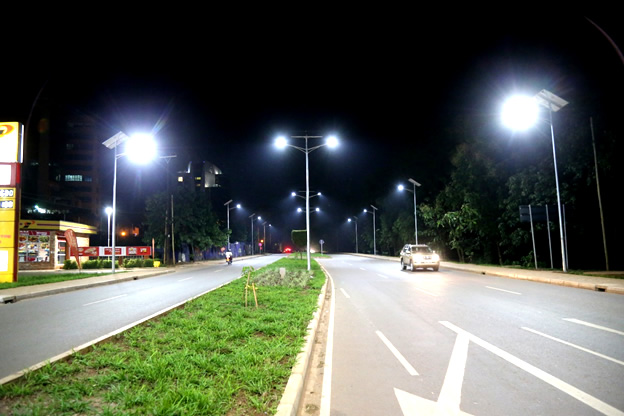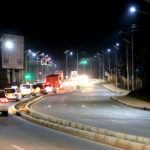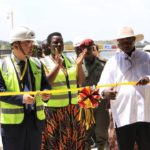Despite the low absorption of funds, results from two recent studies show that the Kampala Capital City Authority (KCCA) US$183 million five-year infrastructure project is on track, two World Bank surveys indicate.
The studies were carried out as part of the mid-term evaluation of KCCA’s Second Kampala Institutional and Infrastructure Development Project (KIIDP 2), funded by the World Bank.
Funded by the World Bank and the Government of Uganda, the project is implemented by KCCA in the five Divisions of Kampala namely: Kawempe, Makindye, Nakawa, Lubaga and Central Divisions, and the findings of the Technical Assessment and Customer Satisfaction Survey will be used to inform KCCA’s future operations.
The research outcome shows that about 90 percent of Kampala residents are satisfied with improved roads, signalized junctions, street lights and walkways. A sample of 1,000 residents from all-walks-of-life were interviewed in the five Divisions of Kampala by independent research firms, with the majority of respondents saying there is an improved flow of traffic and less traffic jam because of newly constructed signalized junctions. Some residents cited reduced accidents at signalized road junctions.
“KIIDP2 has made remarkable progress, but needs to step up its implementation of the remaining half of the project,” said Martin Onyach-Olaa, a Task Team Leader, at the World Bank Office in Kampala.
He also urged the team to draw lessons from what worked best to achieve better results.
Barbry Keller, a Senior Operations Officer at the World Bank says the management sees the “project as one that is progressing and largely achieving its objective.”
Meanwhile, a number of residents said their security had improved due to better street lighting, with many stating that this has promoted prolonged hours of transacting businesses in the night without fear. Respondents also talked about the beautification of their surroundings and image of the city stemming from newly constructed roads. They made reference to areas around Bwaise Junction and Kiira-Kabira junction in Bukoto, Makerere Hill Road, as well as Fairway Junction.
The Second KIIDP aims to widen and upgrade infrastructure for improved mobility within the city, in addition to supporting KCCA to better deliver services to residents of Kampala using streamlined, cost efficient and user-friendly mechanisms.
One of the key findings in the Technical Assessment Study notes that physical progress in road construction currently stands at 77 percent in five project sites: Fairway, Bwaise, Bukoto, Makerere-Nankulabye, Bakuli-Kasubi, while only 44 percent of the funds were utilized.
The study says delayed acquisition of land along plan road construction sites is one of the reasons for low utilization of funds. The study recommends early resolution of land acquisition ahead of road construction.
It also encourages the engagement of utility service providers during the project planning phase in order to gain a clear understanding of the extent of utility interferences; cost and duration for relocations. Other recommendations concerned efficient budgeting for projects, expedited procurement processes, and improved engagement of communities.
Highlights of satisfaction of residents along completed project roads
- Reduced traffic jam: 75% of road users reported reduction in traffic jam
- Reduced travel time: About 50% of road users reported an average reduction in time taken on new roads during peak hours. Bwaise had the highest experience of reduced travel time by 60%.
- Improved security and night visibility: 70% reported improved security and safety along the roads as a result of street lighting.
- Floods and sanitation: 83% of respondents along Mambule road, and 52% in Bwaise said flooding and sanitation had reduced as a result of improved road drainage System








